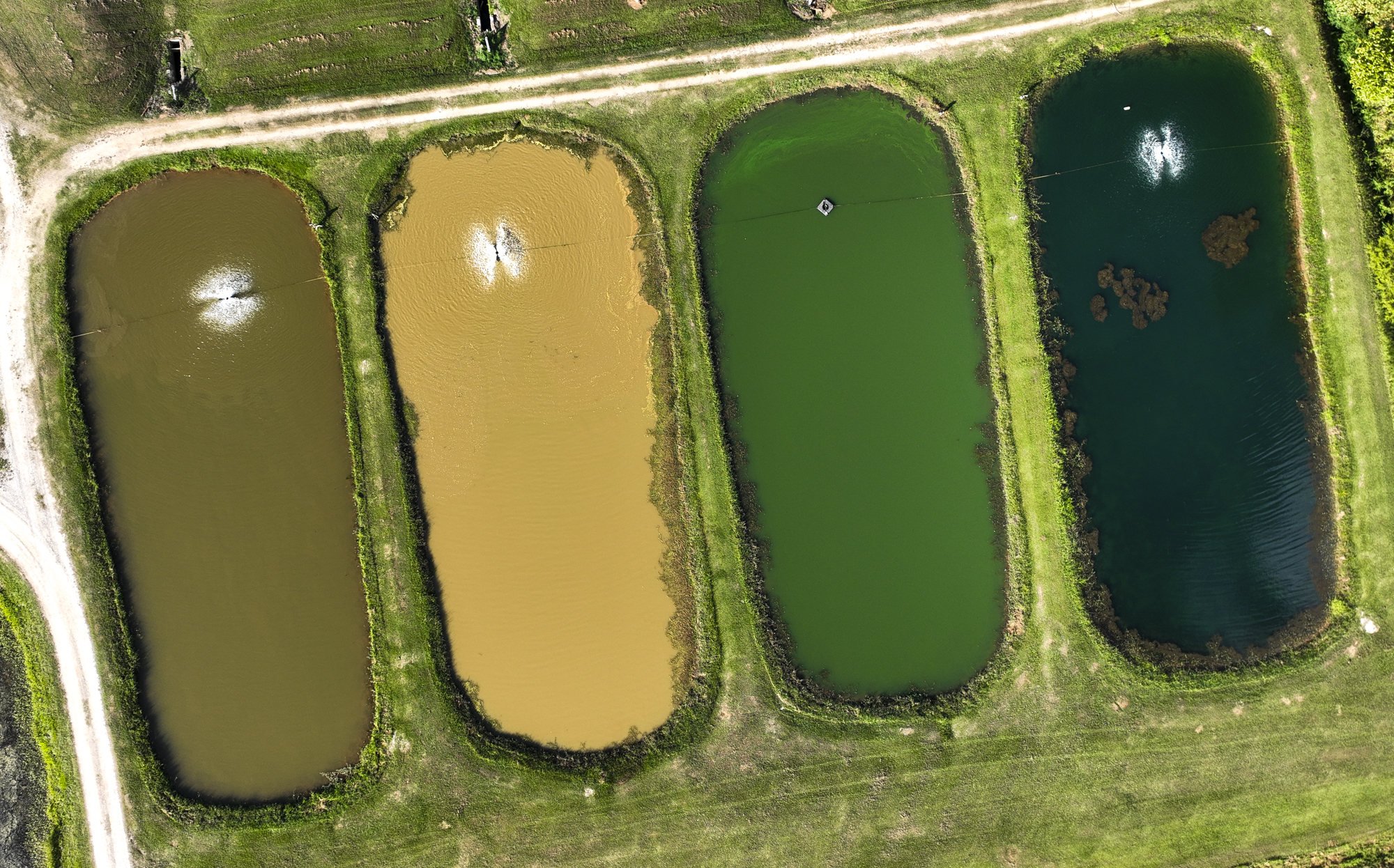Phytoplankton contain light gathering pigments used for photosynthesis. Some examples of phytoplankton that we have found in our samples can be seen below. All phytoplankton contain chlorophyll-a but the presence of other pigments varies across phytoplankton taxa. Cyanobacteria (and some cryptophytes) contain the accessory pigment, phycocyanin.
Since it is time consuming to enumerate phytoplankton samples, we often get quick, yet reliable, measurements of chlorophyll and phycocyanin to give us a good idea how much algae is present but also how dominant cyanobacteria are in the sample. High concentrations of phycocyanin would indicate a harmful algal bloom dominated by cyanobacteria. We have published many studies using these algal pigment data. Some are available at the links at the bottom of this page.
Our lab developed a fluorometric method to estimate the abundance (as biovolume) of cyanobacteria using phycocyanin. Read more about this method at Kasinak, J.-M. E., B. M. Holt, M. F. Chislock, and A. E. Wilson. 2015. Benchtop fluorometry of phycocyanin as a rapid approach for estimating cyanobacterial biovolume. Journal of Plankton Research 37(1):248-257.
For algal pigment analyses, we ask for freshly collected samples stored in half filled clean plastic drinking water bottles to be sent to us quickly with a cold pack (no dry ice) so that we can collect the ambient phytoplankton on a filter before analysis.
We also recently thoroughly tested a handheld fluorometer from Turner Designs called the CyanoFluor using hundreds of samples from drinking water reservoirs and aquaculture ponds and found it to be a reliable tool to estimate the amount of phytoplankton (as chlorophyll) and cyanobacteria (as phycocyanin). Read more about this study at Le, V. V. and A. E. Wilson. 2025. A handheld fluorometer evaluates freshwater cyanobacterial blooms across a broad productivity gradient. Lake and Reservoir Management 41(2):104-111.
If you have questions about our analyses for chlorophyll or phycocyanin using fluorometry or other water quality analyses that we offer, please contact us.
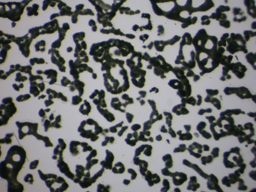
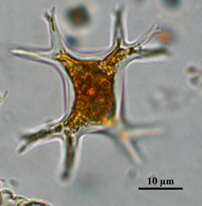

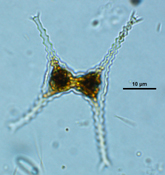
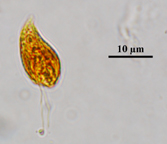
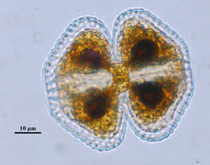
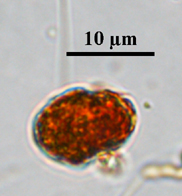
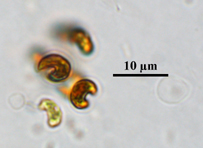
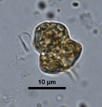
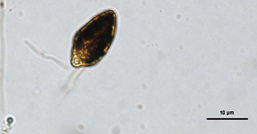
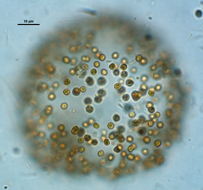
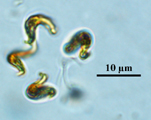
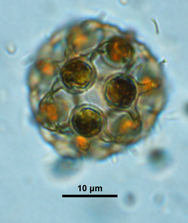
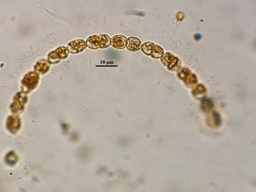
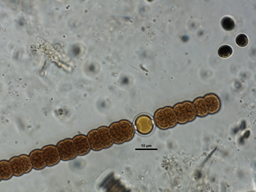
We have published many studies using these algal pigment data. Some are available at the links below.
- Hennessey, A. V., M. B. McDonald, P. P. Johnson, M. F. Gladfelter, K. L. Merrill, S. E. Tenison, S. S. Ganegoda, T. C. Hoang, H. A. Torbert, B. H. Beck, and A. E. Wilson. 2025. Lowering pH enhances copper toxicity: A novel strategy for controlling harmful algal blooms and off-flavors. Ecotoxicology and Environmental Safety 302:118549.
- Le, V. V. and A. E. Wilson. 2025. A handheld fluorometer evaluates freshwater cyanobacterial blooms across a broad productivity gradient. Lake and Reservoir Management 41(2):104-111.
- Hennessey, A. V., M. B. McDonald, P. P. Johnson, M. F. Gladfelter, K. L. Merrill, S. E. Tenison, S. S. Ganegoda, T. C. Hoang, H. A. Torbert, B. H. Beck, and A. E. Wilson. 2025. Evaluating the tolerance of harmful algal bloom communities to copper. Environmental Pollution 368:125691.
- Zinnert, H. M., M. F. Gladfelter, S. E. Tenison, H. P. Poe, K. L. Merrill, A. V. Hennessey, M. B. McDonald, D. Wang, H. A. Torbert, and A. E. Wilson. 2024. Impacts of flue gas desulfurization (FGD) gypsum on water quality and the algal community in catfish aquaculture ponds. Aquaculture 581:740406.
- Zinnert, H. M., M. F. Gladfelter, H. P. Poe, K. L. Merrill, A. V. Hennessey, M. B. McDonald, D. Wang, H. A. Torbert, and A. E. Wilson. 2023. Positive and negative impacts of flue gas desulfurization (FGD) gypsum on water quality. Journal of Environmental Management 348:119307.
- Anantapantula, S., S. Wittenzeller, M. F. Gladfelter, S. E. Tenison, H. Zinnert, A. P. Belfiore, and A. E. Wilson. 2025. Copper sulfate treatment harms zooplankton and ultimately promotes algal blooms: A field mesocosm experiment. Harmful Algae 142:102800.
- Kasinak, J.-M. E., B. M. Holt, M. F. Chislock, and A. E. Wilson. 2015. Benchtop fluorometry of phycocyanin as a rapid approach for estimating cyanobacterial biovolume. Journal of Plankton Research 37(1):248-257.
- Belfiore, A., R. P. Buley, E. G. Fernandez-Figueroa, M. Gladfelter, and A. E. Wilson. 2021. Zooplankton as an alternative method for controlling phytoplankton in catfish pond aquaculture. Aquaculture Reports 21:100897.
